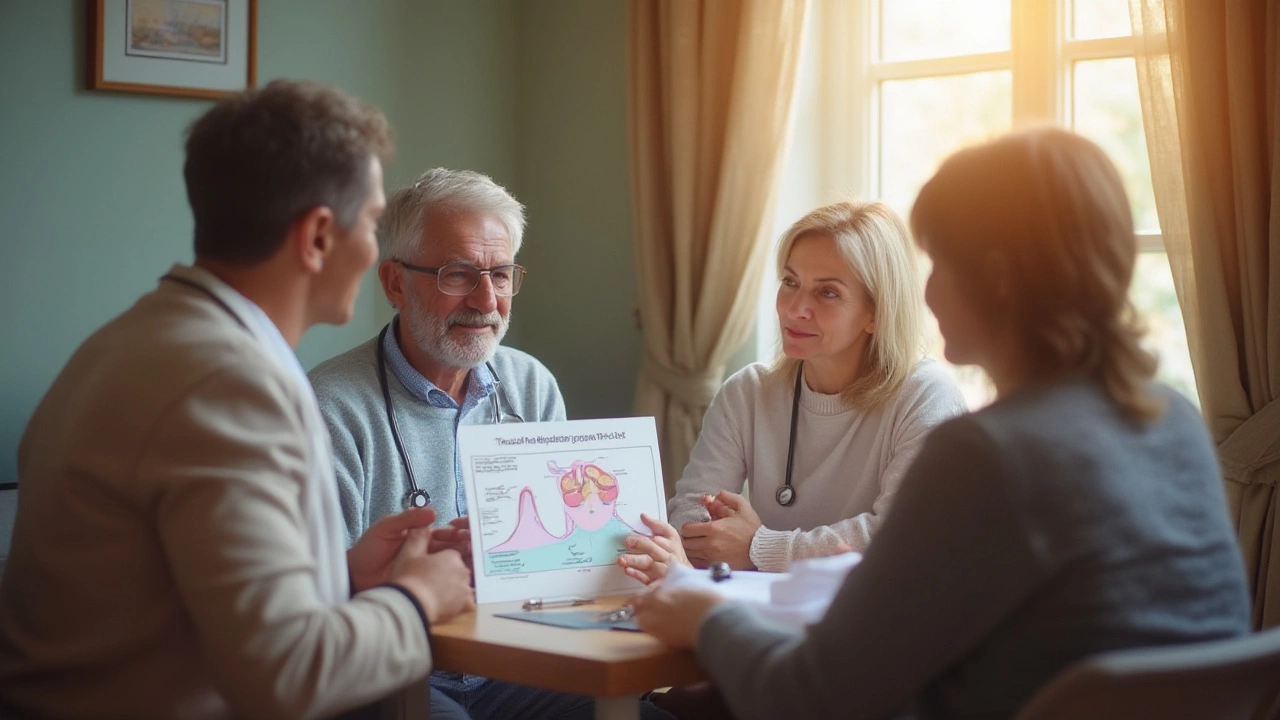Low-Dose Gabapentin: What It Is and Why It Matters
If you’ve heard doctors mention gabapentin at a “low dose,” you might wonder what the difference is. Gabapentin is an anti‑seizure medication that also calms nerve pain. At lower doses (usually 100‑300 mg per day), it can help with conditions that don’t need the full strength used for epilepsy.
Common Reasons Doctors Prescribe Low-Dose Gabapentin
1. Neuropathic pain – tingling, burning, or shooting pain from diabetes, shingles, or a pinched nerve often improves with a small amount of gabapentin.
2. Restless legs syndrome (RLS) – many patients find relief with 150‑300 mg split into two doses.
3. Anxiety and sleep – some clinicians use a low dose to reduce anxiety or help people fall asleep, especially when other meds cause side effects.
4. Migraine prevention – a few neurologists try 200 mg daily as part of a broader migraine plan.
How to Take Low-Dose Gabapentin Safely
Start low and go slow. Most doctors begin with 100 mg once or twice a day and watch how you feel. If needed, they may increase by 100 mg every few days, never jumping more than 300 mg at once.
Take the pill with food or a glass of water to avoid stomach upset. If you miss a dose, just take it as soon as you remember—unless it’s almost time for the next one, then skip the forgotten dose.
Because gabapentin leaves your system slowly, don’t stop abruptly. Ask your doctor for a taper schedule; dropping from a high dose to zero in one day can cause withdrawal symptoms like anxiety, insomnia, or seizures.
Tips for getting the most out of low-dose gabapentin:
- Keep a medication diary. Note the time you take it and any changes in pain or sleep.
- Combine it with non‑drug strategies—stretching, gentle exercise, or a cool compress for nerve pain.
- Avoid alcohol. Mixing alcohol with gabapentin can increase drowsiness and dizziness.
- Tell your doctor about all other meds, especially opioids or antihistamines, because they can boost side effects.
Most side effects are mild. You might feel a little drowsy, dizzy, or have dry mouth. If swelling, severe rash, or trouble breathing shows up, call your doctor right away.
Low‑dose gabapentin isn’t right for everyone. People with severe kidney problems need a lower dose or may need a different drug altogether. Pregnant or breastfeeding women should discuss risks versus benefits.
Bottom line: Low-dose gabapentin can be a useful tool for managing nerve‑related pain, restless legs, anxiety, and even migraines—provided you start slow, monitor how you feel, and stay in touch with your healthcare provider.
-

Smart Pain Control: How Combining Low-Dose Gabapentin With Other Treatments Works
Discover how doctors layer low-dose gabapentin with other treatments for better pain control, reduced side effects, and safer long-term results.